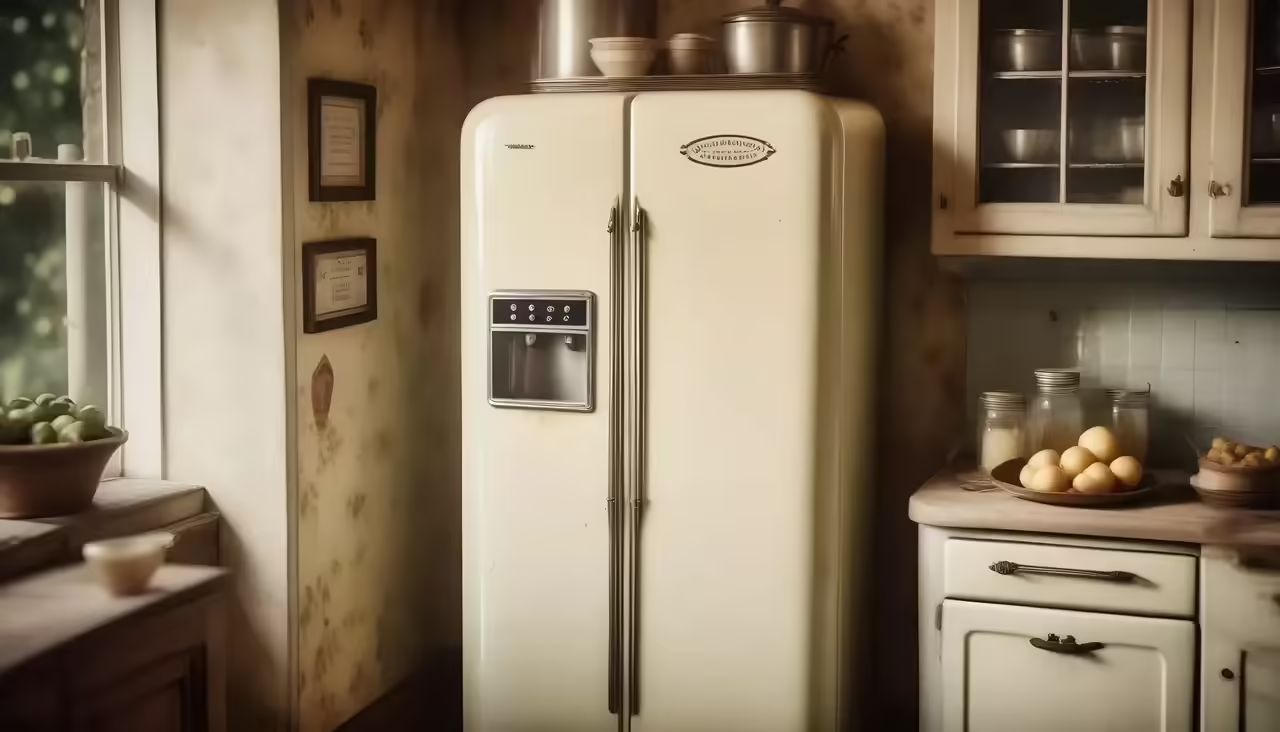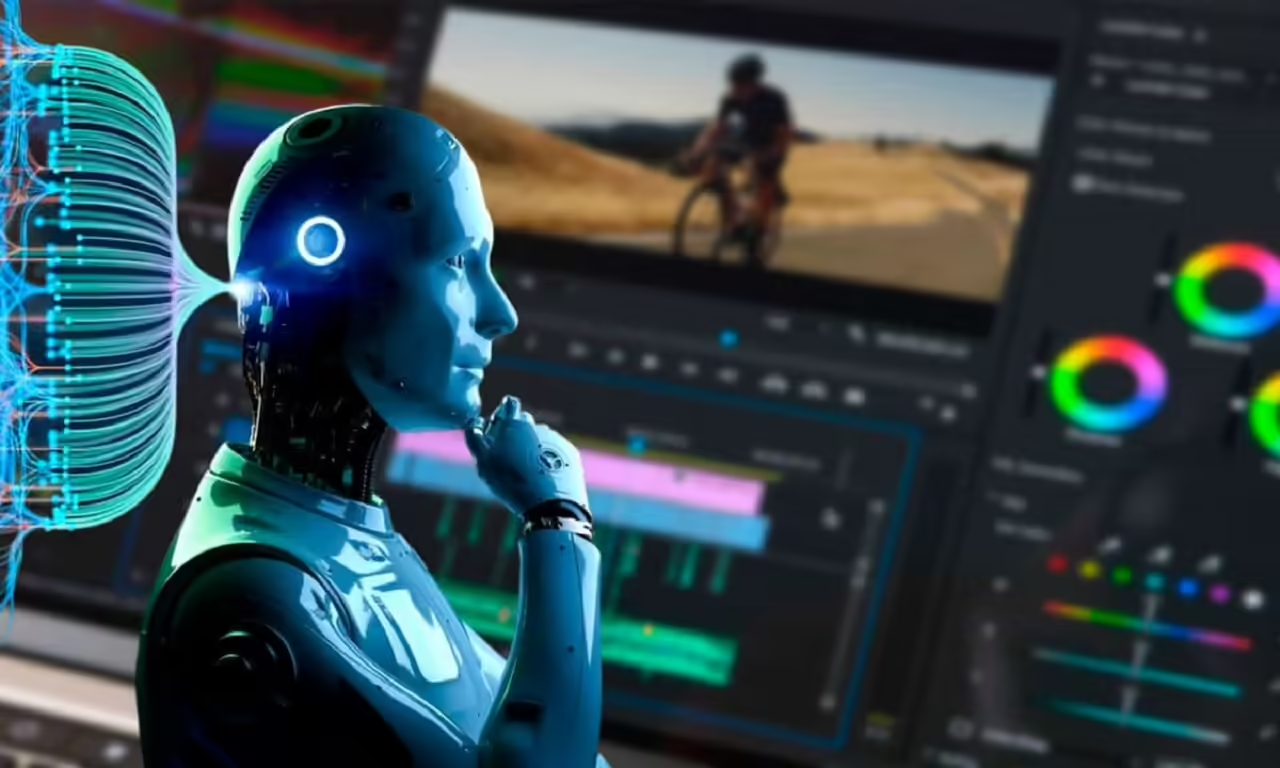
In the history of technological evolution that has shaped our daily lives, few inventions have had such a profound and transformative impact as the refrigerator. This seemingly simple appliance has revolutionized how we store, preserve, and consume food, playing a crucial role in the creation of the modern kitchen. From its humble beginnings to its central role in contemporary homes, the refrigerator has been a driving force in improving quality of life and food management efficiency.
A Glimpse at the Beginnings: Refrigeration Throughout History
The need to preserve food has been a constant concern throughout human history. From using cold caves to more advanced techniques such as salting and smoking, humanity has sought ways to extend the shelf life of perishable foods. However, it wasn’t until the late 19th and early 20th centuries that mechanical refrigeration began to radically transform this landscape.
The development of compression and expansion technologies, coupled with the invention of efficient refrigeration systems, laid the groundwork for the creation of the first domestic refrigerator. The introduction of the first commercial model, the “Domelre,” in 1913 marked the beginning of a new era in food management.
The Domestic Revolution: The Refrigerator in Every Home
As refrigeration technology advanced, refrigerators began to find their way into American homes in the 1920s. Initially considered a luxury, their growing availability and improvements in efficiency made these appliances more affordable for the middle class.
The impact on daily life was significant. Housewives were no longer restricted by seasons or the need to buy fresh food daily. The refrigerator allowed for more efficient meal planning, reducing waste and saving time in food preparation.
Game-Changing Innovations
Over the decades, refrigerators not only became more accessible but also underwent significant improvements in design and functionality. The introduction of automatic defrost technology, more compact and energy-efficient units, and the advent of water and ice dispensing on the door made the refrigerator a central piece of the modern kitchen.
In the 21st century, smart technology has taken refrigeration to a new level. Internet-connected refrigerators that enable remote monitoring, precise temperature adjustments, and the ability to automatically create shopping lists are changing how we interact with our appliances.
Environmental Impact and Sustainability
While the refrigerator has greatly improved our lives, concerns about its environmental impact have arisen. The energy demand associated with refrigeration and the greenhouse gas emissions in refrigerant manufacturing have led to a constant search for more sustainable and environmentally friendly solutions.
History and Evolution of Refrigerators: From Natural Ice to the Connectivity Era
Refrigerators have embarked on a fascinating journey over the years, from primitive food preservation methods to today’s sophisticated devices. This evolution story reflects both human creativity and the constant drive for efficiency and convenience in food preservation.
Early Innovations: The Natural Ice Era (19th Century)
The history of refrigerators has its roots in the ancient need to preserve food. In the 19th century, before the invention of mechanical refrigerators, people relied on more rudimentary methods. The collection and storage of natural ice were common practices. This ice was stored in special wells and used to keep food fresh in warehouses and homes.
Birth of Mechanical Refrigerators (Early 20th Century)
The real revolution began with the development of the first mechanical refrigerators. In 1876, German engineer Carl von Linde patented a refrigeration system based on ammonia compression. This invention laid the foundation for the creation of domestic refrigerators. Throughout the early decades of the 20th century, various models started appearing on the market, although they were costly and not yet widespread.
Mass Adoption in Homes (1930s and 1940s)
During the Great Depression and World War II, technological advances and mass production allowed refrigerators to become more affordable and accessible to the general population. Companies like General Electric and Frigidaire led this shift, turning refrigerators into common household appliances in American homes and subsequently worldwide.
Design and Functionality Innovations (1950s and 1960s)
The 1950s and 1960s saw significant innovations in the design and functionality of refrigerators. Automatic defrosting, the introduction of specific compartments for fruits and vegetables, as well as improvements in energy efficiency, contributed to their popularity and utility in everyday life.
Technology and Connectivity Era (21st Century)
In the 21st century, refrigerators have evolved even further, incorporating advanced technologies. The advent of Internet connectivity has led to the creation of smart refrigerators. These devices can be controlled and monitored through mobile applications, facilitating remote temperature management, automatic shopping list creation, and integration with voice assistants.
Focus on Sustainability and Energy Efficiency
As environmental awareness grows, the appliance industry has intensified efforts in sustainability. The search for more environmentally friendly refrigerants and continuous improvement in energy efficiency are key aspects in the current evolution of refrigerators.
Innovative Refrigeration Technologies: Transforming Efficiency and Functionality
In the constant quest to improve energy efficiency, sustainability, and user convenience, the appliance industry has introduced various innovations that have revolutionized the world of refrigerators. These technologies, some relatively recent, are transforming how we store and manage our food, taking refrigeration to an entirely new level.
Inverter Compressors: Energy Efficiency
One of the most significant advances in refrigerator energy efficiency is the introduction of inverter compressors. Unlike traditional compressors that turn on and off to maintain the desired temperature, inverter compressors continuously adjust their speed according to the needs. This not only reduces energy consumption but also helps maintain a more constant temperature and prevents abrupt fluctuations.
Door Cooling Technology: Freshness Conservation
Door cooling technology is an innovation that addresses the challenge of maintaining the freshness of items stored in the refrigerator door. Traditionally, these compartments are prone to temperature variations due to frequent door opening. Door cooling uses independent air ducts to maintain a more uniform temperature, ensuring optimal preservation of products stored in the door.
Controlled Temperature Zones: Customized Storage
Controlled temperature zones allow users to custom adjust the temperature in different sections of the refrigerator. For example, some models offer colder zones for meats and fish, as well as warmer compartments for fruits and vegetables. This customization not only improves the shelf life of food but also provides flexibility in how consumers organize their products.
Smart Sensors: Monitoring and Automatic Adjustment
Modern refrigerators are equipped with smart sensors that constantly monitor internal conditions. These sensors automatically adjust temperature and humidity as needed, ensuring optimal preservation of food. Some models can even send alerts through mobile applications if any anomalies are detected.
No Frost Technology: Goodbye to Frost
No Frost technology has eliminated the need for manual defrosting of refrigerators. Through enhanced air circulation systems, frost formation on the freezer and refrigerator walls is prevented. This not only simplifies maintenance but also ensures efficient appliance operation over time.
Smart Refrigerators: Connectivity and Remote Control
The era of connectivity has reached refrigerators with the introduction of smart models. These appliances can connect via Wi-Fi and be controlled through mobile applications. In addition to enabling remote temperature monitoring and inventory management, some smart refrigerators even offer features like automatic shopping list creation and integration with voice assistants.
Eco-Friendly Technology: Sustainability in Cooling
With a growing focus on sustainability, refrigerator manufacturers are adopting more environmentally friendly technologies. This includes the use of eco-friendly refrigerants, such as R600a, which has a lower environmental impact compared to older refrigerants.
Impact on Food Preservation: Transforming Shelf Life through Refrigerators
Refrigerators have played a revolutionary role in how we store and preserve food, marking a transition from traditional methods to a more efficient and extended approach to the shelf life of food products. This transformation has had a profound impact on food safety, waste reduction, and the convenience of modern life.
Reducing Dependence on Traditional Methods
Before the arrival of refrigerators, people relied heavily on traditional methods to preserve food, such as drying, salting, and smoking. These methods were effective to a certain extent but had limitations and did not always guarantee the freshness and quality of food over time. The introduction of refrigerators allowed people to depend less on these practices, providing a more reliable and versatile alternative.
Improvement in Food Quality and Freshness
Refrigerators have transformed how food stays fresh and tasty. The ability to precisely control temperature and humidity in different sections of the refrigerator allows for optimal preservation of a variety of products, from fruits and vegetables to meats and dairy. This results in a significant improvement in food quality and the ability to maintain its original taste and texture for longer periods.
Preventing Bacterial Growth and Decomposition
Temperature control in a refrigerated environment slows down bacterial growth and food decomposition. The low and consistent temperature inside the refrigerator helps preserve freshness and reduces the speed at which microorganisms break down perishable foods. This not only extends the shelf life of products but also enhances food safety by reducing the risk of food poisoning.
Greater Flexibility in Meal Planning
The ability to safely store food for longer periods provides consumers with greater flexibility in meal planning. They are no longer limited by the need to buy fresh food daily. This facilitates bulk shopping, meal preparation in advance, and reduces food waste by allowing more efficient use of ingredients before they deteriorate.
Preservation of Perishable Products in the Freezer
In addition to the refrigerator, freezers have further expanded the possibilities of food preservation. The ability to freeze items such as meats, fish, and baked goods allows for long-term preservation without compromising quality. Frozen foods retain their nutrients and organoleptic properties for months, giving consumers the opportunity to enjoy a variety of seasonal products throughout the year.
Reduction of Food Waste
One of the most significant benefits of refrigerators is their contribution to reducing food waste. By providing an optimal environment for preservation, refrigerators help prevent premature food spoilage and enable better utilization of products. This not only saves consumers money by minimizing the need to discard food but also has a positive impact on environmental sustainability by reducing the amount of food ending up in landfills.







